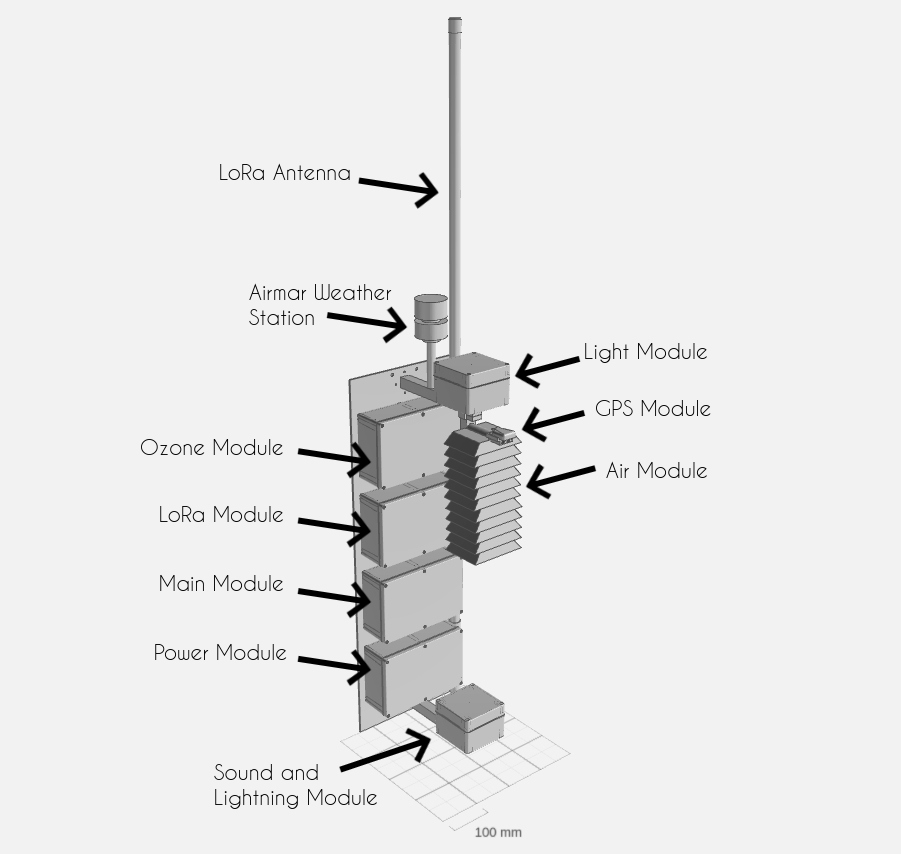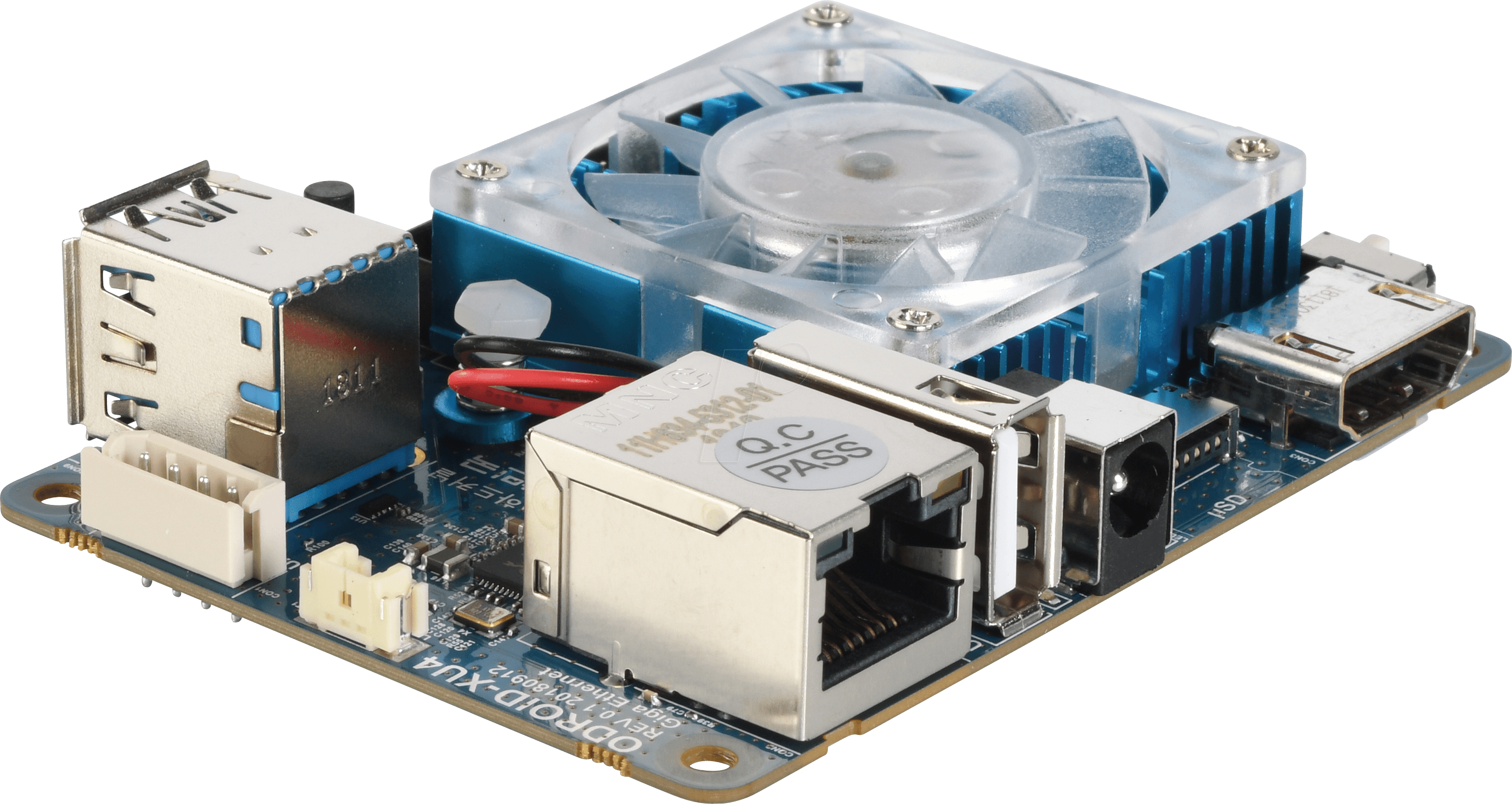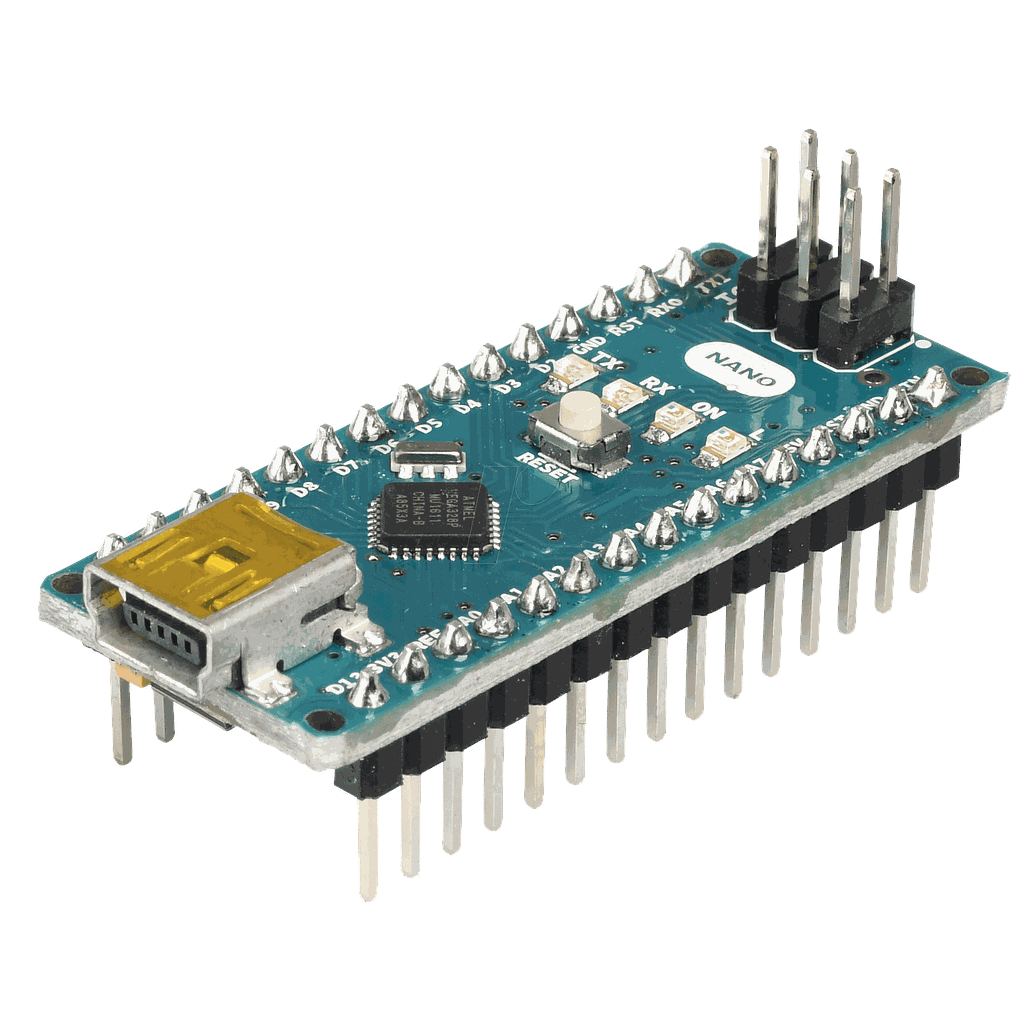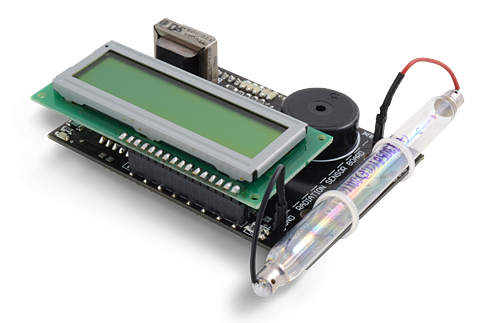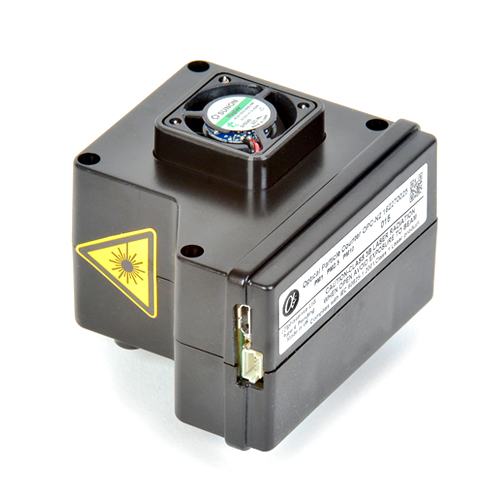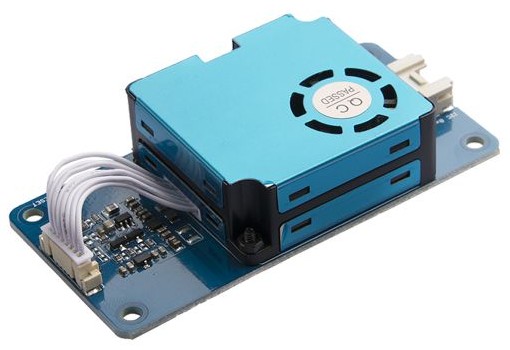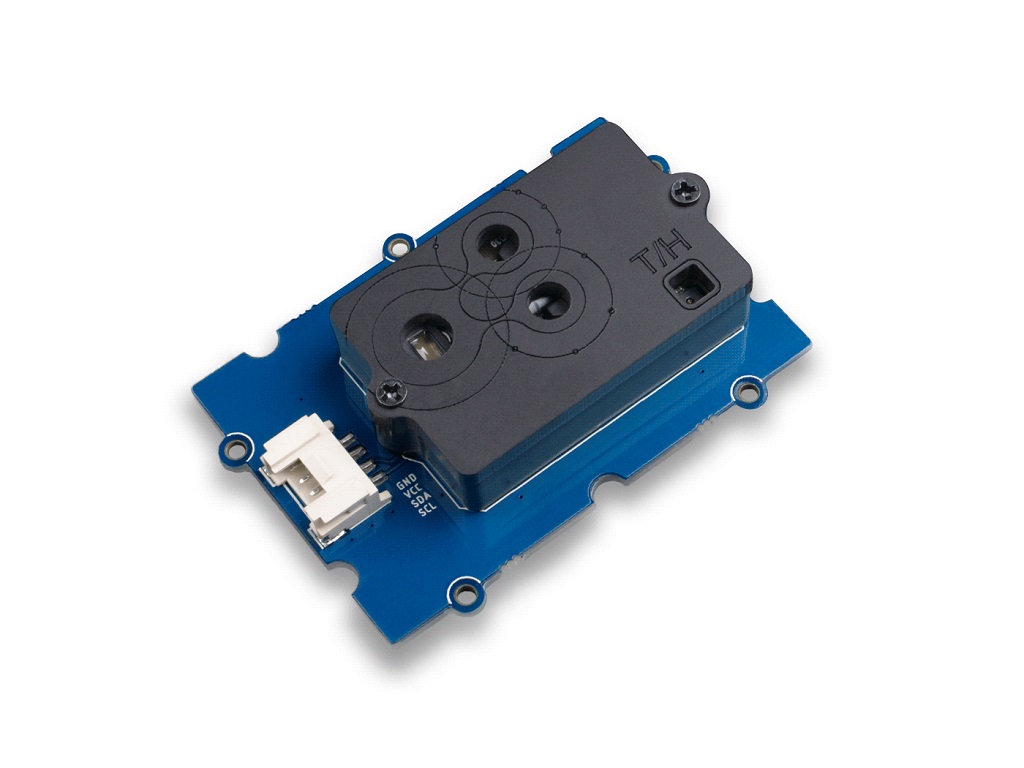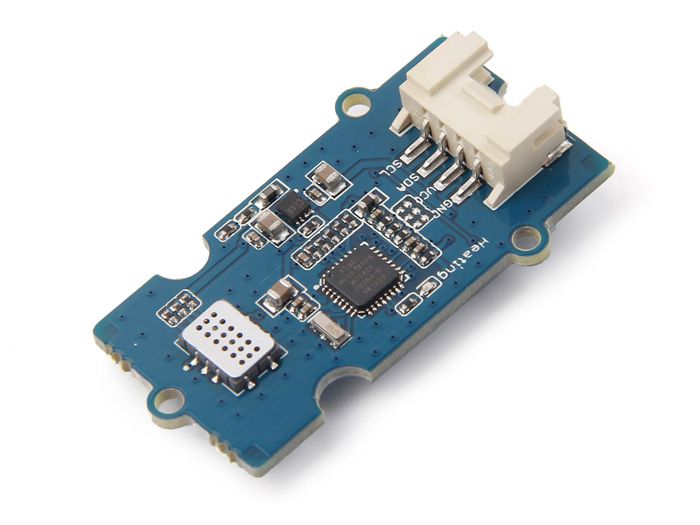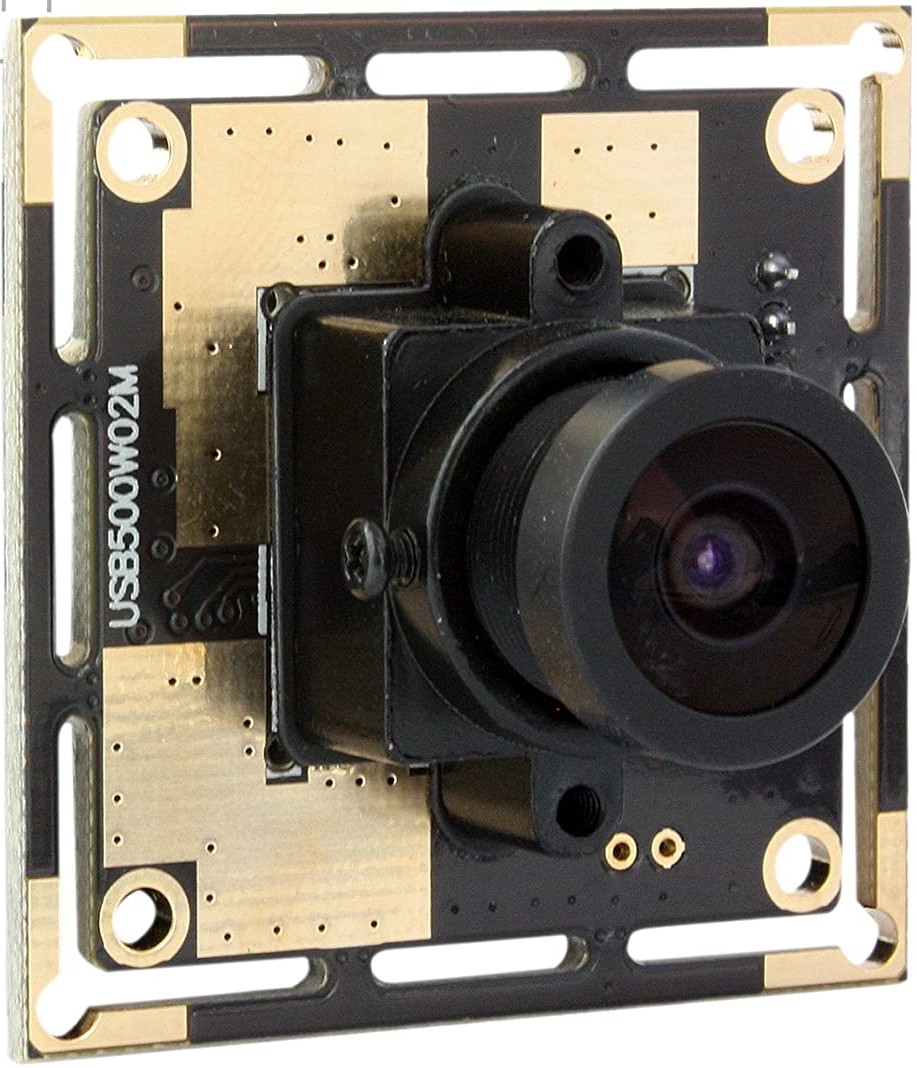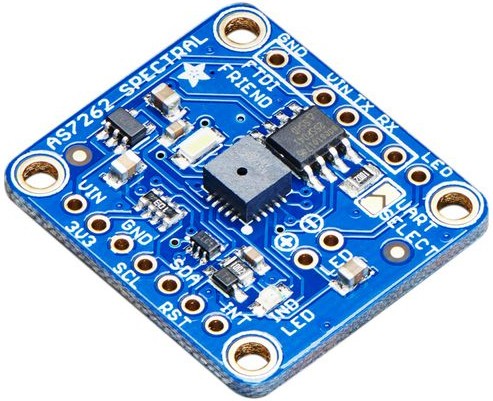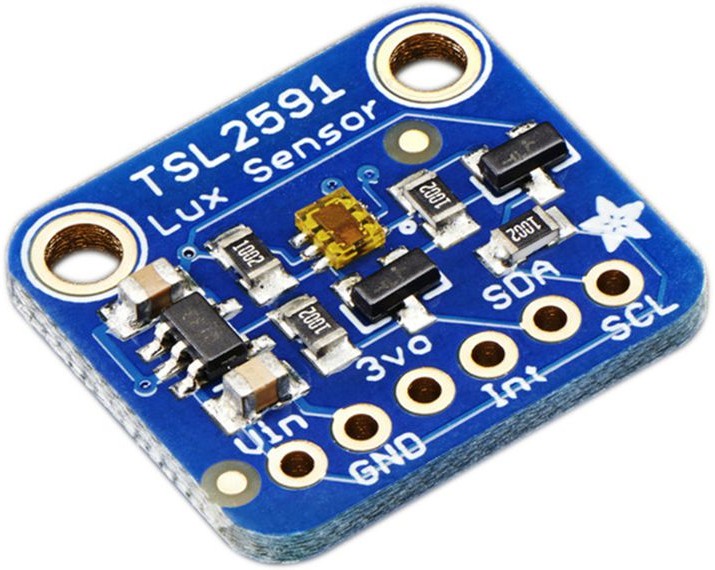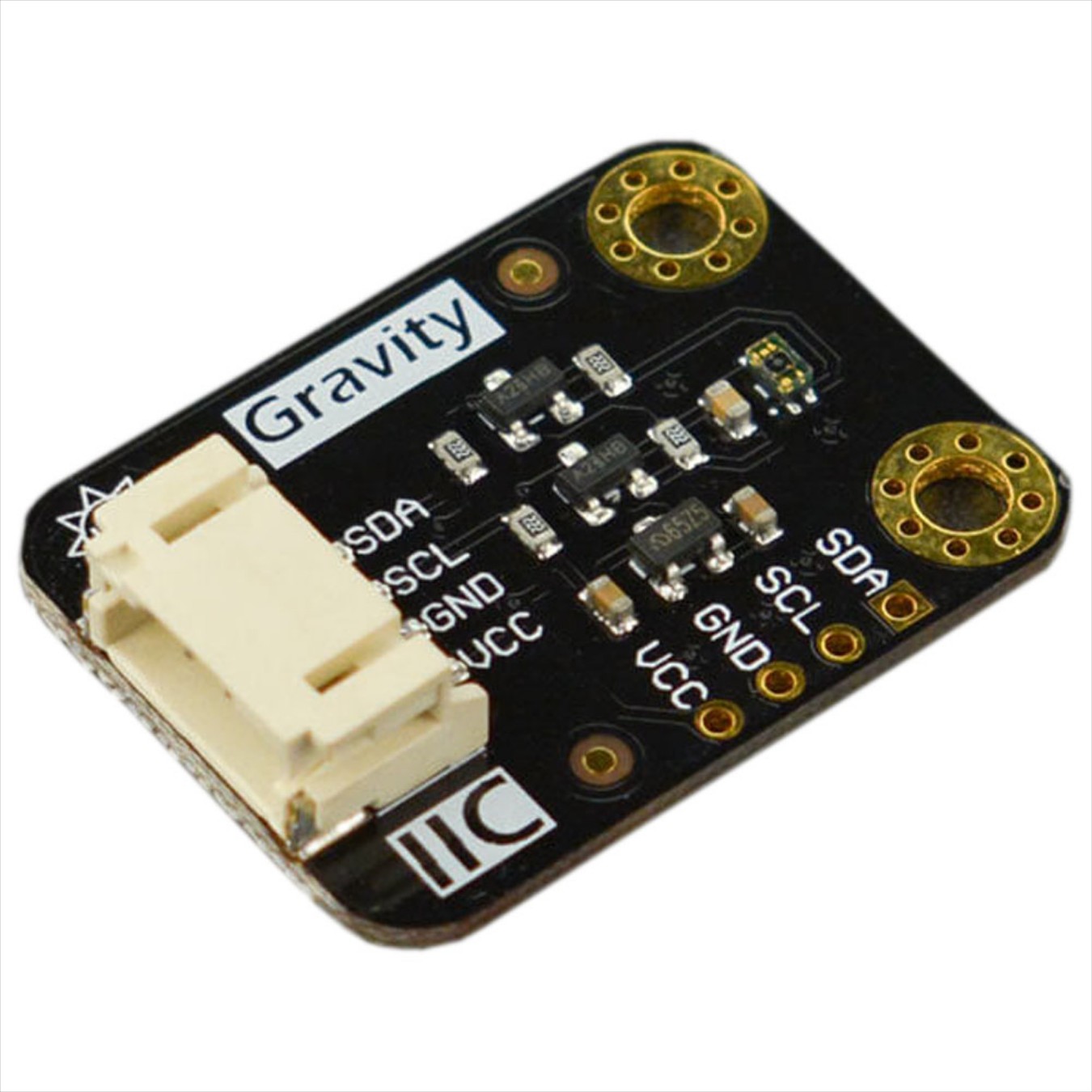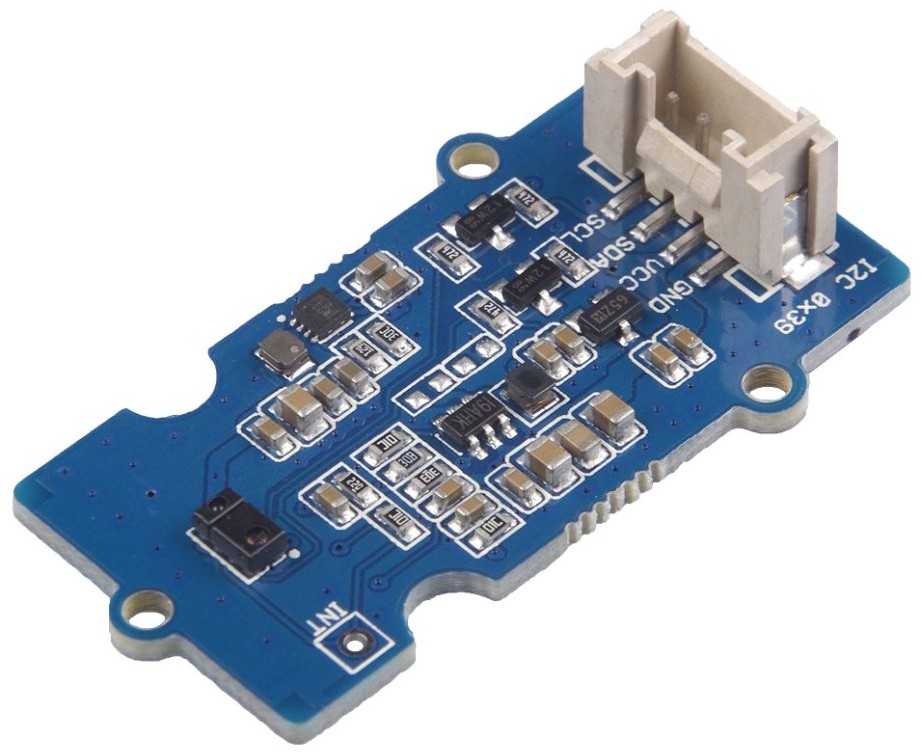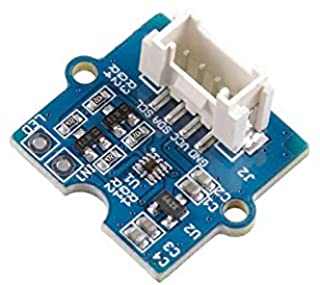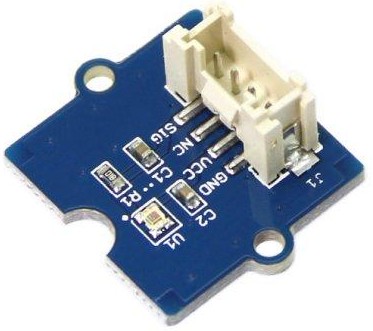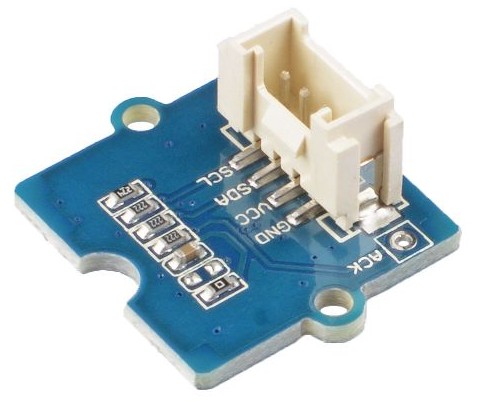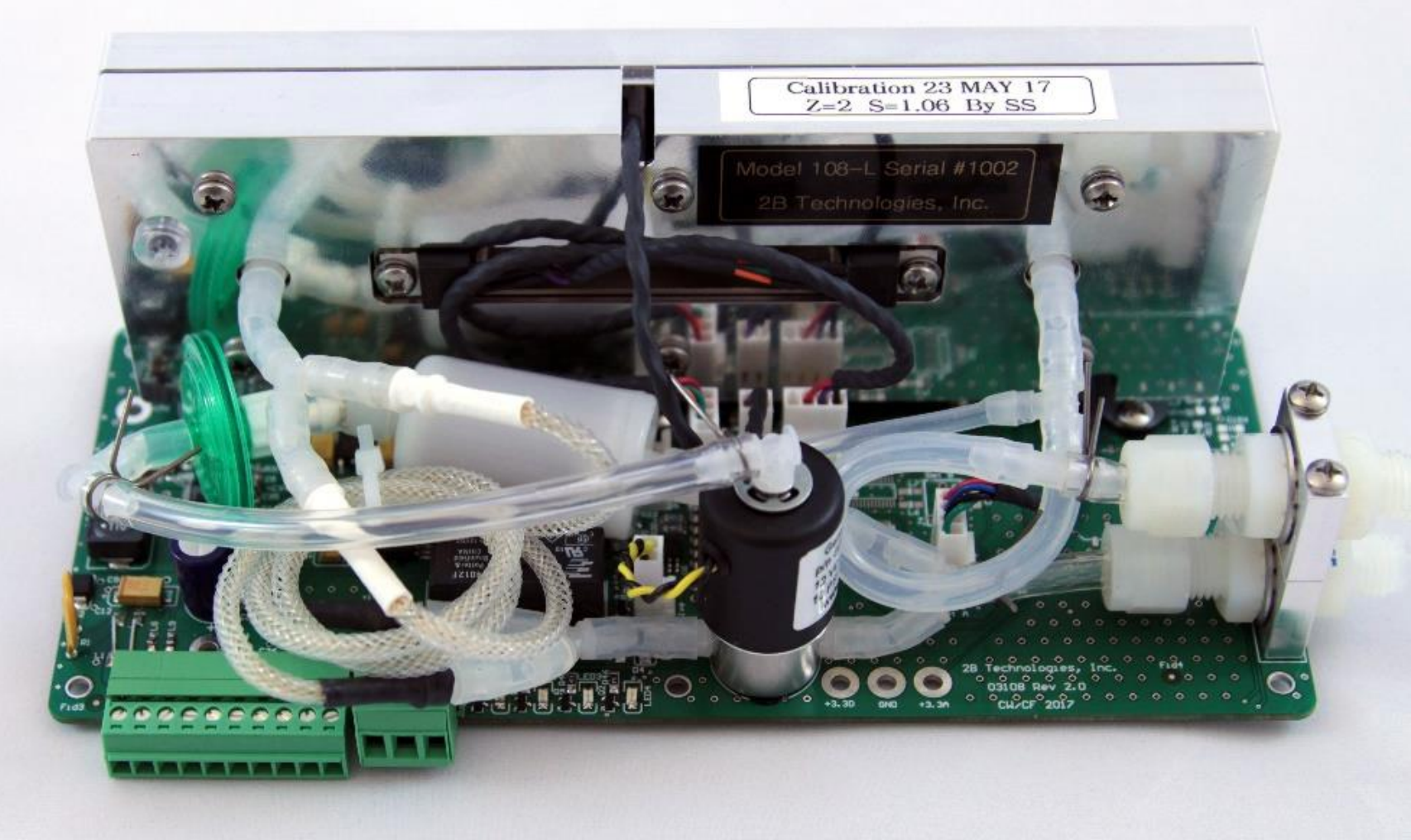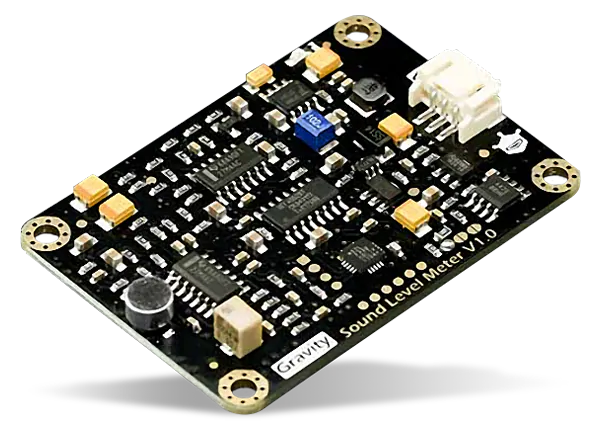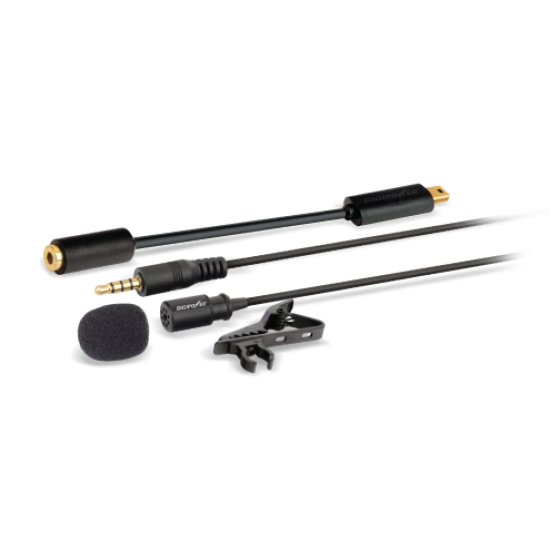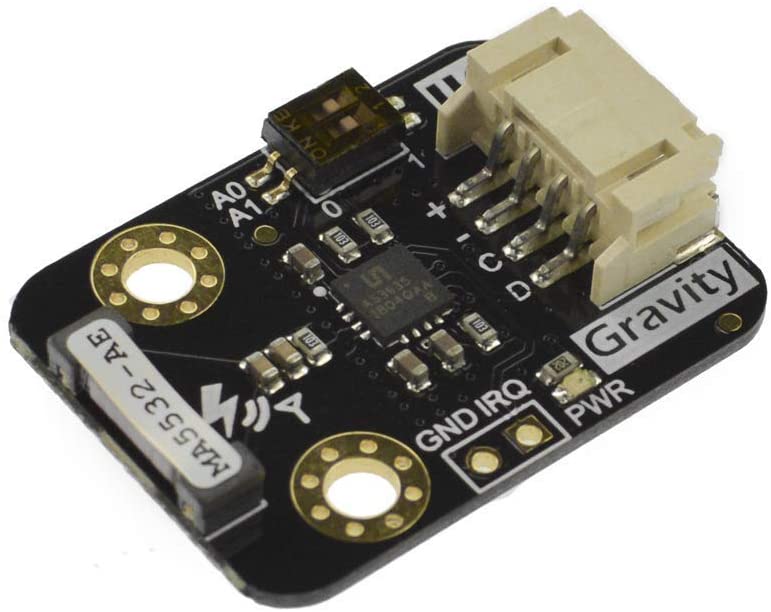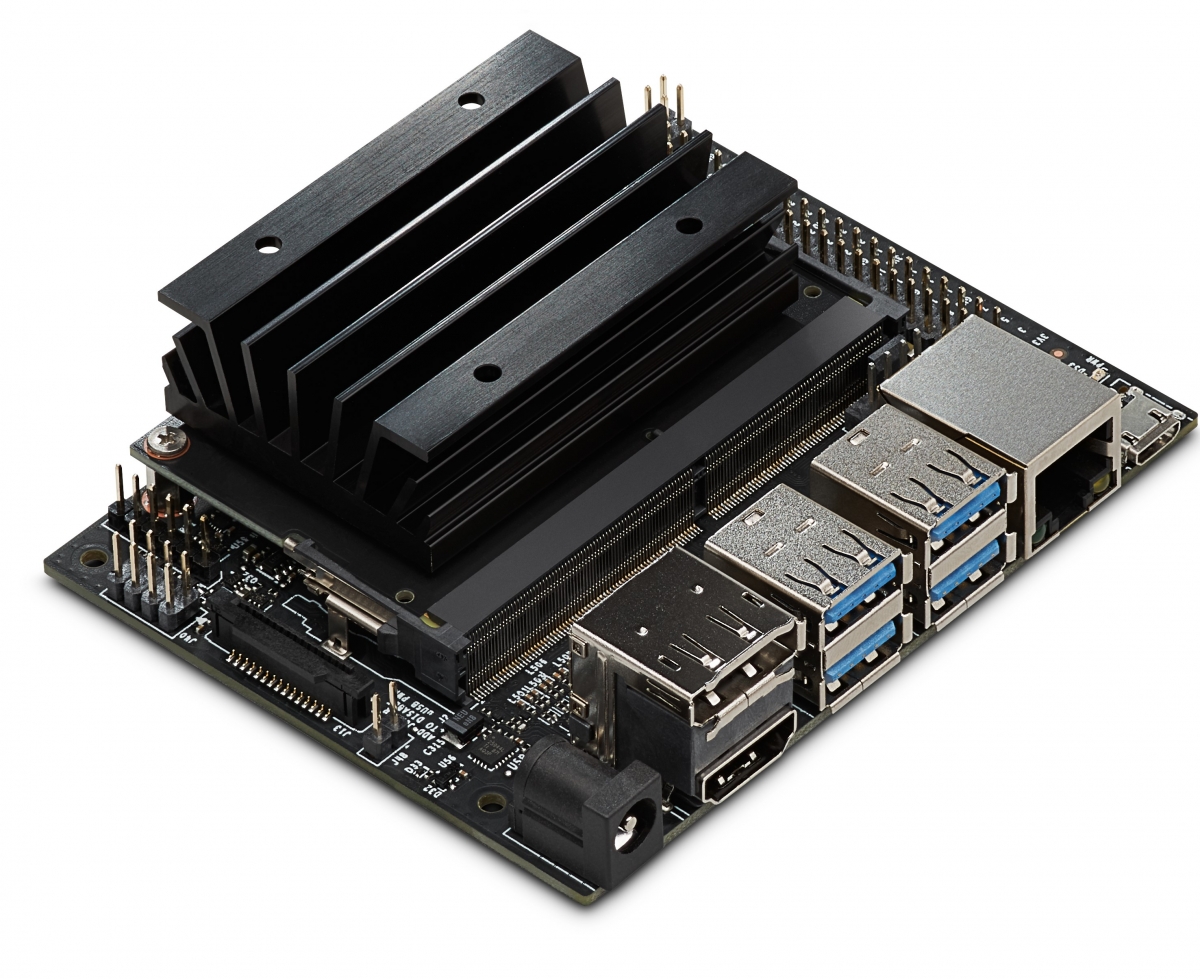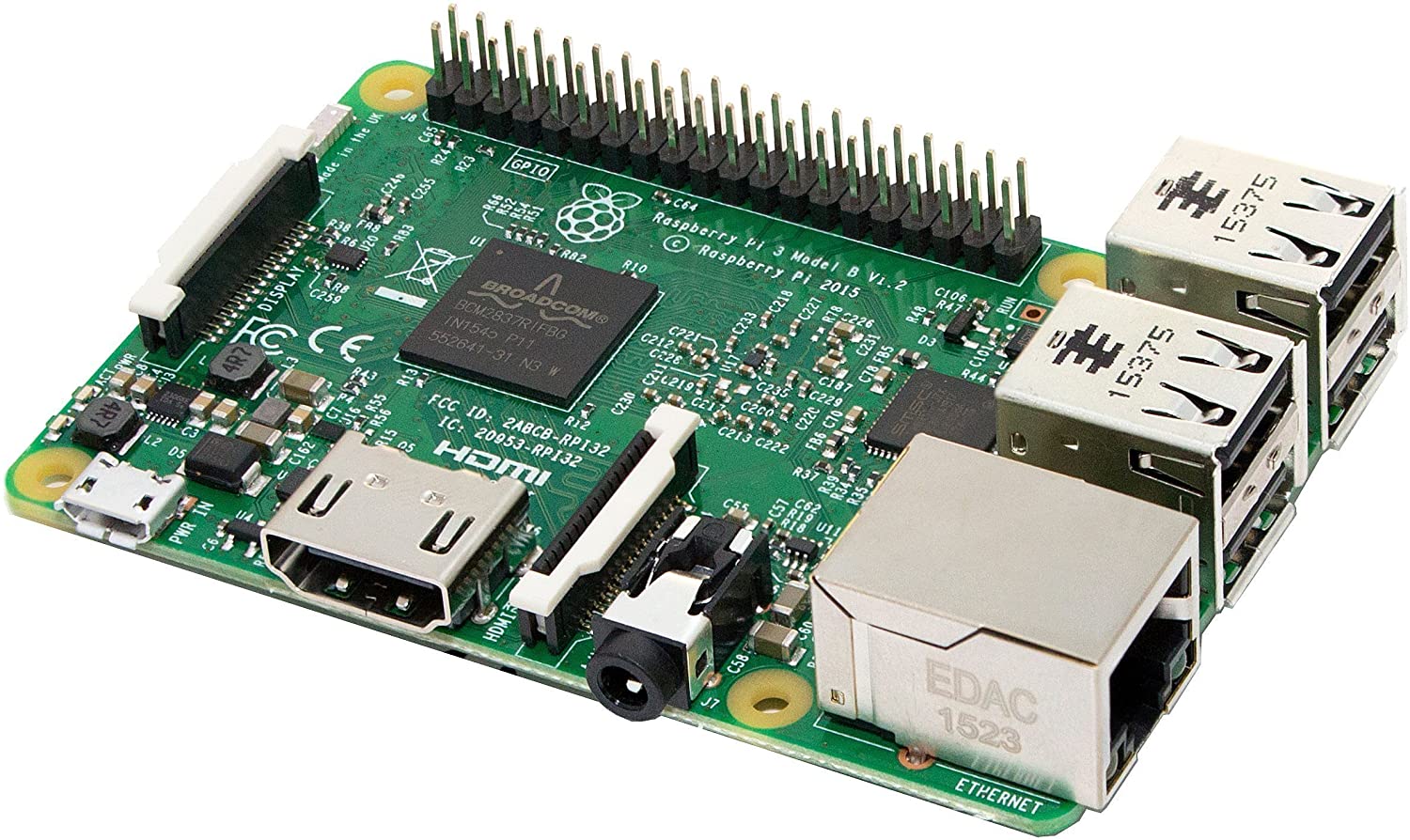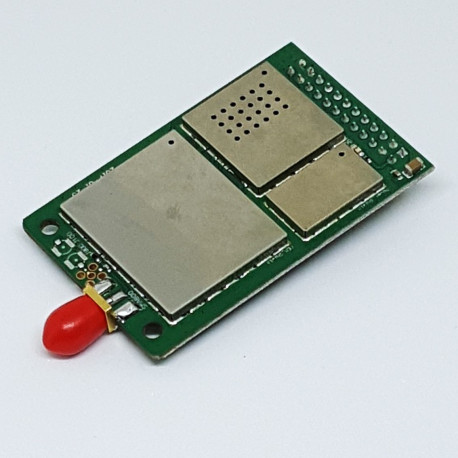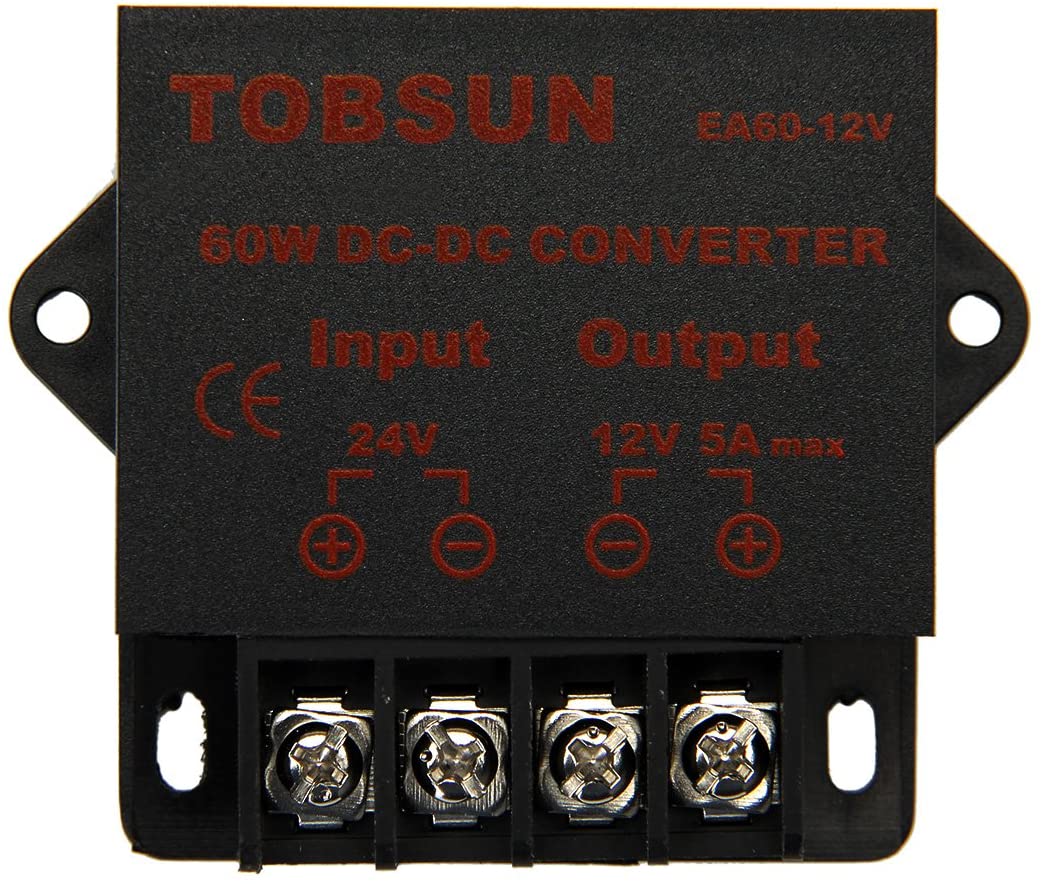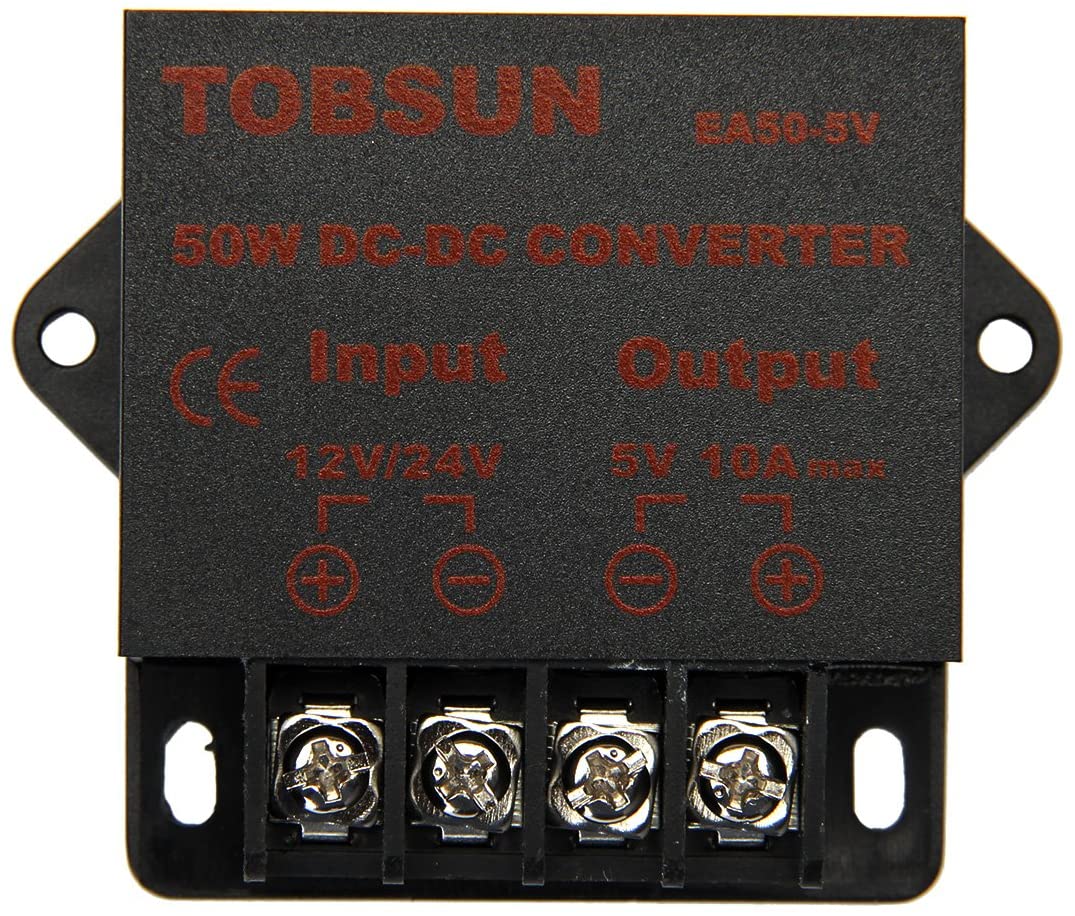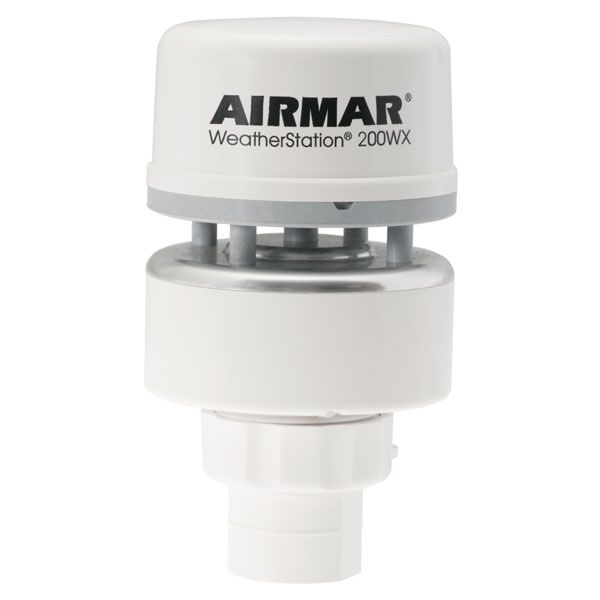Central Node
The Central Node is a stationery sensor system consisting an array of iot sensors which is an extensible platform in which many newer sensors can be adopted into. The source code for the Central Node as well as most mints projects are open source and is available at https://github.com/mi3nts. The design of the system consists of nine main components and they are explained below.
Main Module
The Main Module contains an Odroid XU4 which is one of 3 single board computers used within the Central Node. The XU4 is a miniature (82 x 58 x 22 mm) single board computer consisting a Samsung Exynos 5422 Cortex™-A15 2 GHz and Cortex™-A7 Octa-core cpu. The powerful cpu makes it an ideal device for edge computing. Some relevant examples with the use of edge computing are exploited within the mints platform. Communication with external data storage servers for the Central Node is handled by the XU4 via its ethernet port. The XU4 can be ran either on Android or Ubuntu operating systems. For the Central Node, Ubuntu 16.04.6 LTS operating system is utilized.
The Main Module also houses a radiation sensor board with Geiger-Müller tube that detects Beta and Gamma radiation. The radiation sensor is connected to an Arduino Nano micro-controller with an ATmega328 cpu. Arduino is a software and hardware company which develops simplified micro-controllers which are commonly coded through the C programming language . Together with the Arduino Nano device which is connected to the radiation module, Arduino Nanos within the Air Module & the Light Module as well as the GPS Module module and the Ozone Module uses RS-232 serial interface to communicate with the XU4.
Air Module
The Air Module hosts a package consisting particulate and climate sensors. The module consists of a solar radiation shield which protects the package from climate elements while maintaining proper air flow through the sensors. The package hosts a standardized commercial pm sensor (Alpha Sense OPC-N3) as well as a cheaper commercial pm sensor (Grove - Laser PM2.5 Sensor (HM3301). Furthermore, the package consists of inexpensive gas sensors capable of gaining estimates of CO2 (SCD30), CO, NO2, C2H6OH, H2, NH3, CH4, C3H8 and C4H10 concentrations (MiCS-6814). To help with pm calibrations, a climate data sensor (BME280) is also included in the Air Module.
Light Module
It is a well known fact that clues on air quality, weather and climate data can be gained by the measurement of ambient light levels as well as from cloud/sky images. Thus the light module includes an array of light sensors capable of detecting intensity peaks within wavelength ranges of 300-1,100 nm as well as a skyward facing 5 Megapixel CMOS (Complimentary Metal Oxide Semiconductor) sensor (USB Web Cam) for high definition image capture capable of taking photos of up to 2592 (H) x 1944 (V) pixels in resolution. The camera is placed to look up at the sky and is expected to provide insights in links between the color of the sky, the cloud percentage and pm.
Ozone Module
The Ozone Module contains an fem monitor (2B Technologies 108-L: figure 4.3), which is a laser based Ozone sensor. The monitor is a measurement device distributed by 2B Technologies ([|https://www.twobtech.com ]) and also measures temperature and pressure every 2 seconds. The measurement technique for this FEM instrument is described in below.
Ozone Measurement
While stratospheric Ozone shields human life from harmful UV radiation, within the lower atmosphere, Ozone formation is unfavorable for human life . As such, scientific methods have been introduced for the measurement of Ozone . The 2B Technologies 108-L used on the Ozone Module uses Optical Absorption Spectroscopy as its measuring technique.
The working principle of the optical setup utilizes the Beer Lambert Law shown in the equation below.
Here, is the pressure within the absorption path (), is the temperature within the absorption path (), is the molecular mass of Ozone (), is Avogadro’s number, is standard pressure (1.01325 ), and is standard temperature (273.15 K).
Sound and Lightning Module
Urban environments are host to many environmental pollution factors. One of which is considered to be sound pollution . To mitigate and study such environments, it based sensor systems are introduced . Despite the fact that microphones and noise sensors are relatively small in size and cheap, they tend not to be affected by weather conditions such as rain and fog. Thus, sound sensing is less affected by weather and is ideal for smart city deployments. describes two main uses of sound analysis:
- Audio Surveillance: Under regular circumstances, surveillance of urban environments is done using video cameras, and such systems would not cover the vast expanses that are in need of protection. However, audio surveillance can be used in detection of fights, gunshots and intrusions with limited resources and with more coverage.
- Noise Monitoring: Millions of Americans are exposed to sound pollution and are experiencing the negative health effects of sound pollution such as stress, sleep deprivation and hearing loss . Hence, it is imperative that public ordinances which try to regulate noise levels are introduced.
In an attempt to elevate research on sound and audio processing the Sound and Lightning Module hosts a microphone (DLM20GP) as well as an ambient noise level sensor (SEN0232), both of which are connected to a Jetson Nano device for real time edge processing of audio events. Lightning detection using IOT devices are a relatively novel concept. Using a back-end big data environment, lighting detection and analysis can be successfully implemented . The Sound and Lightning model uses a DFRobot Lightning Distance Sensor (SEN0290) which utilizes both an AMS AS3935 Franklin lightning sensor IC and a MA5532-AE antenna to detect and determine lightning distance respectively.
LoRa Module
The Central Node is a central gateway for a mesh network of LoRa sensors described here. The basic operations of the LoRa gateway is handled by a Raspberry Pi3 Model B . The Raspberry Pi is favored by many for IOT applications . The Pi on the Central Node runs Linux and has a Quad Core 1.2 GHz Broadcom BCM2837 64 bit CPU. The Pi also has 1 GB of RAM and is equipped with on board WiFi, LAN and Bluetooth modules. The 40-pin extended GPIO on the PI is used as the bridge for the LoRa Gateway. The LoRa module also contains a Jetson Nano which is the third single board computer housed within the Central Node. The Jetson Nano contains a gpu containing 128 cores and a cpu of 1.43 GHz that makes it ideal for projects based on computer vision and audio related analysis. And hence the upward facing camera as well as the microphones are directly connected to the Jetson Nano. To provide reliable internet connectivity for the 3 hosts, a low power consumption 5-Port switcHis used. The switch is capable of connecting up to 5 devices to the internet for critical applications in hazardous environments. As such, it is ideal for future updates of the Central Node which may contain more single board computers.
Power Module
The Power Module takes care of the power requirements for the whole system. The module consists of a 24 V AC/DC converter, 24 V to 5 V step down voltage converter, and a 24 V to 12 V step down voltage converter.
GPS Module
The GPS Module lies on top of the Air Module and consists of a GPS, which is a waterproof device that provides location coordinates as well as other outputs such as speed and altitude. The data is provided under the NMEA standards and is read by the XU4 via a usb RS-232 serial port.
AirMar Weather Station
When calibrating pm sensors, climate data such as temperature, pressure and humidity play a vital role. And hence its extremely important to have a reference grade weather station. This role on the central node is played by the Airmar Weather Station .
